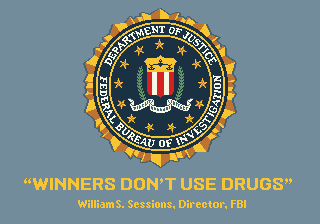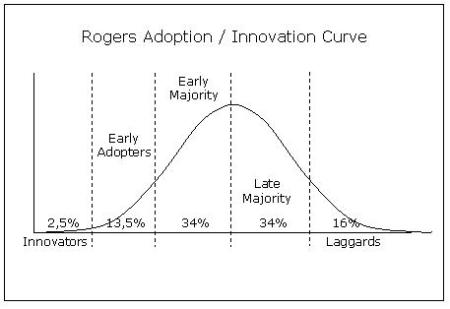Innovation is extremely alluring to companies and startups. It offers so much potential. However innovation takes mountains of time. You just can’t come up with a Facebook, Dyson or Ford in 5 minutes!! It’s simply not a light bulb moment. It can take 1000’s of attempts. “I have not failed. I’ve just found 1000 ways that won’t work” – Thomas A Edison. Innovation is a gradual internal company and external market process. This makes innovation very frustrating for the entrepreneur because the one thing they have in short supply is time! Innovation is awesome but it also sucks!!
Innovation has to build-up momentum and be developed over several or many iterations. This evolution of ideas can be within the same team, company or marketplace. It can even be ideas shared between different markets or countries. That’s the great thing about our modern economy, its survival of the fittest ideas. The key to unlock innovation is for the idea to be at the right time and in the right place.
I’m sorry, but time and time again I hear startups saving we are the next Facebook, Twitter, etc. In reality you need to know where are you in the innovation cycle – that ranges from innovation to commoditisation. Geoff Moore ‘Crossing the chasm’ is always a good book to read on this subject. The position in this innovation cycle dictates your actions, growth and timescales.
The challenge with innovation is that it takes eduction, thus the need for time. The educating of potential customers is difficult because people don’t really like change and risk. Companies, especially big ones, definitely don’t like change and risk. Education costs an awful lot of money whether with mass market consumer items or niche corporate b2b products. The marketing message needs repeating over and over and over again. First mover advantage is great but second mover can be better. Just look at Google (2nd to market) and Yahoo (1st to market) and who came of on top.
The trick is to get into a market niche on an upward curve, get running with the pack (competition) and then gradually innovate. As always it is easier to say than do!! Apple is a great example. The success they enjoy today with the iPhone popularity goes way back to 1993 with the failure of the Apple Newton. Apples’ iTunes which is intrinsically linked to the iPod and therefore the iPhone originally benefited from the downfall of Napster. These innovations have been brewing for many years and between many competitors.
The great thing about innovation is that it has unlimited possibilities. It’s brings the combination of creativity and exciting growth potential. Innovation is awesome but it takes time, money, careful listening to the market and mountains of persistence. One hit innovation wonders are rare and not the norm. All of this can be frustrating for startups because no one is in a rush except the startup and the one things startups are most short of is time.


 Geoffrey Moore’s Crossing the Chasm adapted Technology
Geoffrey Moore’s Crossing the Chasm adapted Technology




